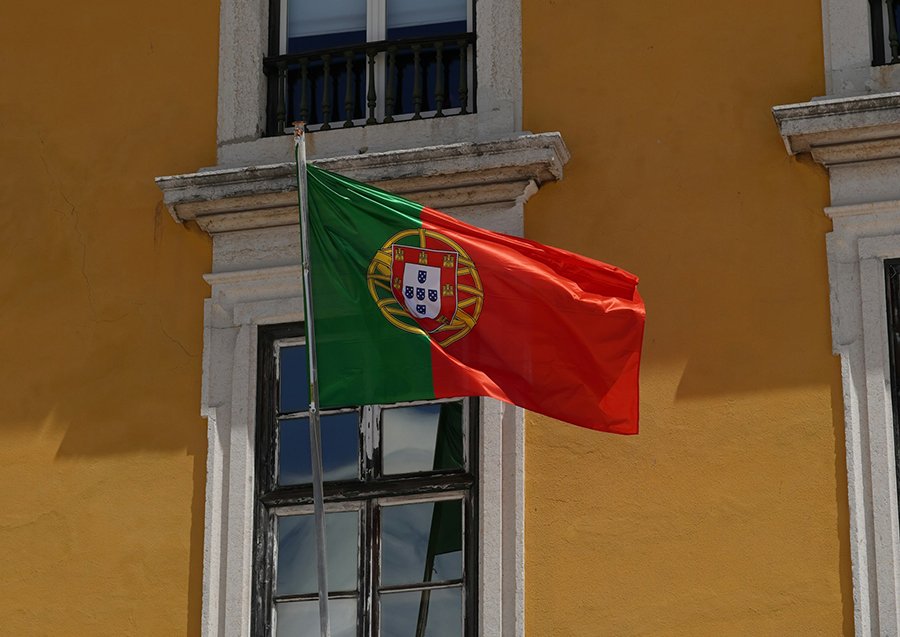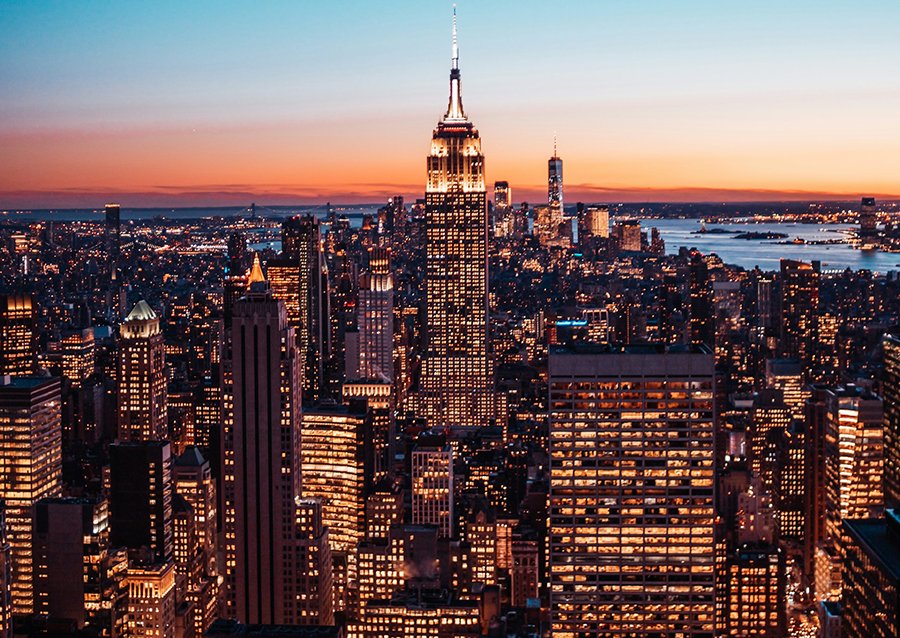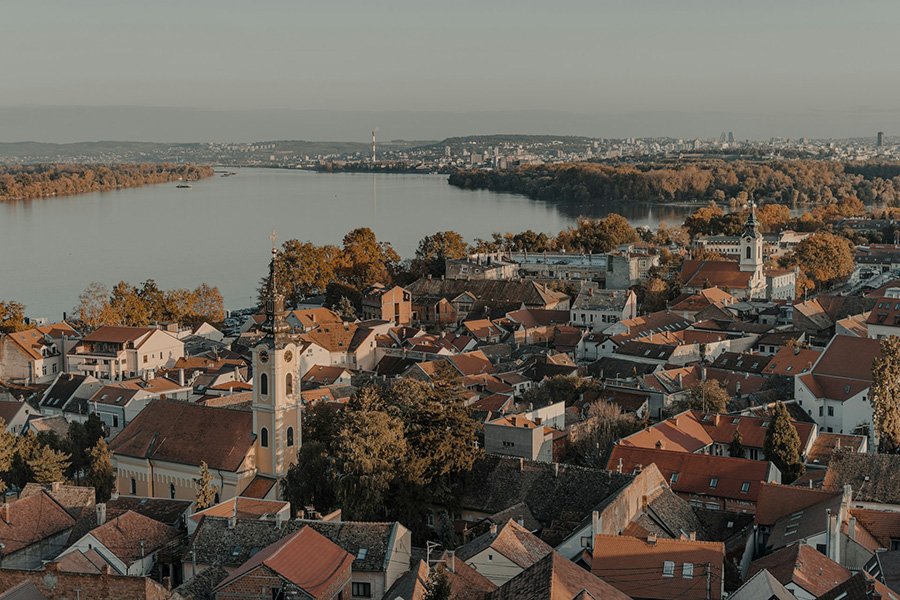читайте также
 Italy May End Tax Relief on Rental Income: What It Means for Landlords and Investors
Italy May End Tax Relief on Rental Income: What It Means for Landlords and Investors
 Luxury Travel Takes Off: How Demand Is Changing and Where to Find ‘Quiet Luxury’
Luxury Travel Takes Off: How Demand Is Changing and Where to Find ‘Quiet Luxury’
 Airbnb shifts all fees to property owners
Airbnb shifts all fees to property owners
 Most Punctual Airlines of September 2025: Who Arrived on Time and Why It Matters
Most Punctual Airlines of September 2025: Who Arrived on Time and Why It Matters
 Ten Years to a Passport: New Citizenship Rules in Portugal
Ten Years to a Passport: New Citizenship Rules in Portugal
 Top 25 World Economies 2025: Who Shapes Global Growth
Top 25 World Economies 2025: Who Shapes Global Growth
Housing in Belgrade: Russians Sharply Cut Purchases

Photo: Unsplash
Housing prices in Belgrade rose by 5.31% by April 2025 compared to the same period in 2024, according to the Serbian Republic Geodetic Institute. Prices per square meter range from €2,000 to €10,000. However, the market has stalled, with very few transactions taking place. Experts attribute this to the sharp decline in activity among Russian buyers.
In Stari Grad, housing prices are between €5,000 and €5,500 per sq. m. In Vračar, they range from €3,500 to €4,000; in Savski Venac – around €3,300; in Voždovac – €2,800 to €3,800. New builds in prestigious areas such as Belgrade Waterfront, Vračar, Dorćol, and New Belgrade sell for €4,000–€5,500 per sq. m., while parking spaces start from €35,000. No price drops have been observed in new developments, according to real estate agent Katarina Lazarević.
“Expensive apartments in Belgrade Waterfront sold well for a long time, even though they are still under construction and most are not registered,” she said, adding that buyers in this segment are specific—mostly diaspora representatives or businesspeople cooperating with Belgrade Waterfront. Some contractors working on the project—electricians, carpenters, and other specialists—received apartments as compensation. Now, even this process has stalled.
The price per square meter in the complex reaches €10,000. A luxury apartment of 190 sq. m. is listed at €1.9 million. Investors face difficulties selling such units and are trying to rent them out instead. Lazarević noted that renting is also problematic: “In today’s political situation, no one is eager to buy. Only those who truly need housing are making purchases. Politicians and wealthy groups have left the market. Prices first skyrocketed, and it is hard to bring them down to normal levels. Investors keeping high price tags leave buildings empty.”
Many people cannot or do not want to pay half a million euros for an apartment. More affordable areas—such as Medaković, Veljko Vlahović, Braća Jerković, and Višnjička Banja—remain in highest demand, with prices around €2,000–€2,500 per sq. m.
According to Investropa, in Q1 2025, housing prices in Belgrade rose by 9.4% compared to the same period in 2024. The average square meter reached €2,990. Prices for new apartments grew most significantly, averaging €2,950 per sq. m., while older housing stock held steady at €2,225. The most expensive neighborhoods remained Savski Venac (€4,369), Stari Grad (€4,260), and Vračar (€4,103). A typical two-bedroom apartment in Belgrade is valued at around €150,000. In suburban municipalities such as Mladenovac, Obrenovac, and Lazarevac, prices remain stable or even decreased by 1–2%, making them more accessible for budget-conscious buyers.
The mortgage market has also shifted. The key rate was reduced by 75 basis points since June 2024, reaching 5.75% by December, influencing the market in 2025. For local buyers, mortgages cost around 6–7% annually, while foreigners face 8–9%.
At the same time, Belgrade’s housing market has a high share of cash transactions: about 70% of apartments are bought without credit. This structure makes the city less sensitive to interest rate fluctuations compared to other European markets and supports price stability. For investors, however, mortgages remain unprofitable, as rental income cannot cover payments. The main bet is placed on capital appreciation—the rising value of the property itself.
The influence of foreign buyers on Belgrade’s real estate has shifted significantly. Analysts attribute the price surge to the mass arrival of Russians in 2022–2023. Now they account for less than 5% of purchases. The decline of Russian buyers has effectively stabilized the market. Current prices, according to Lazarević, are unrealistic for both household budgets and the unstable societal situation. Wealthy buyers are unlikely to risk their capital in Serbia, preferring investments in other countries with clearer rules and higher returns.
Looking forward, experts predict moderate price growth without sharp spikes or corrections. CBS International outlines three scenarios:
Conservative: +3–4% in 2025 and +2–3% in 2026 with stable demand and controlled inflation.
Moderate: +5–6% and +4–5%, driven by EXPO preparations and infrastructure projects.
Optimistic: +7–8% in 2025 and +6–7% in 2026 with strong foreign investment and EU integration progress.
Baseline forecasts suggest average annual growth of 1.4% between 2025 and 2029, though many experts consider this underestimated.





